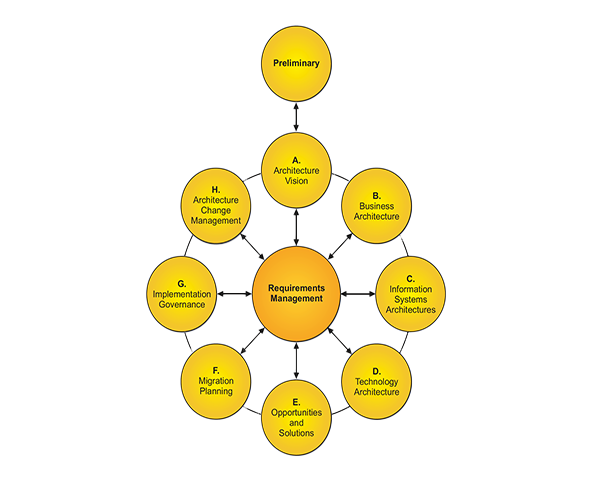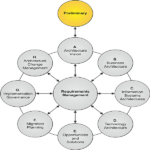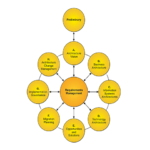Organizations are constantly challenged to adapt and evolve their architectural frameworks. One of the most effective methodologies for guiding this evolution is TOGAF (The Open Group Architecture Framework). Let’s walk through the key outputs of the TOGAF preliminary phase, which lays the foundation for effective enterprise architecture (EA) management.
Understanding the Preliminary Phase
The preliminary phase of TOGAF serves as the essential starting point for any successful enterprise architecture initiative. This phase is primarily about defining and establishing your architectural capability, ensuring all stakeholders are aligned, and setting the direction for your architectural endeavors.
There are six key outputs, which serve as the foundation for effective enterprise architecture:
- Organization Model for Enterprise Architecture: This model outlines the roles, responsibilities, and budget necessary for your architecture initiatives. It also highlights any constraints or gaps that may need addressing. This thorough understanding is crucial for aligning all team members and resources.
- Tailored Version of the TOGAF Standard: Every organization is unique, and adapting the TOGAF framework to meet your needs is essential. This tailored version provides a blueprint that all stakeholders will refer to as you progress in your architectural journey.
- Architecture Repository: Your architecture repository serves as a centralized hub for all architectural documentation, including business principles, goals, and drivers gathered during the input phase. While you may begin with an empty repository, it won’t remain so for long, as you’ll fill it with essential documents and plans.
- Request for Architectural Work: An optional but vital output is the formal “Request for Architectural Work,” originating from stakeholders outside your team. This document serves as a mandate, providing clarity on what is requested and ensuring you have the authority to embark on the enterprise architecture initiative.
- Governance Framework: Change is inevitable, which makes a strong governance framework essential. This framework outlines managing change requests, revising documents, and establishing decision-making protocols. Governance ensures that all changes are documented and aligned with your architectural principles, preventing disruption and fostering consistency.
- Artifacts and Deliverables: Throughout the preliminary phase, you will generate various artifacts, some of which will become deliverables. A prominent example is the principles catalog, which captures the guiding principles for your architecture. Artifacts do not require formal approval but are essential as references in your ongoing work.
Establishing Architectural Principles
One of the key outputs from the preliminary phase is the creation of architectural principles. These principles should be thought out thoroughly and designed to guide decision-making. However, they should also be flexible enough to adapt to changing circumstances. For example, a principle might encourage the use of off-the-shelf software over developing custom applications. This fosters consistency and simplifies decision-making; if a proposed software solution conflicts with your principle, it can be easily dismissed. It’s important to remember that while principles can be adjusted, such alterations should be driven by significant changes in circumstances. This careful consideration ensures that principles remain relevant and enforceable.
The preliminary phase of TOGAF is more than just an introductory step; it is a vital part of establishing a solid architectural foundation. By defining roles, tailoring the framework, setting up a repository, obtaining requests for work, implementing a governance structure, and creating essential artifacts, you are equipping your organization for success. As you navigate enterprise architecture’s complexities, remember to refer back to the principles and frameworks established during this phase. Doing so will ensure that your efforts remain aligned with your organization’s vision and goals. Happy architecting!



